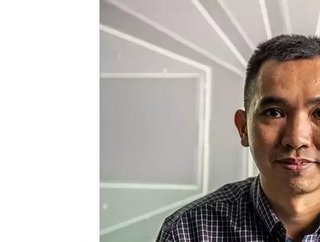Australian researcher develops new mine safety sensors

A researcher at the University of Southern Queensland in Toowoomba, Australia, has developed new super sensors that could significantly improve mining safety.
Designed to prevent injury and death on mining sites, Dr Toan Dinh’s sensors detect early mechanical issues in oil and gas pipelines while being able to withstand harsh and corrosive environments – an ability that has even caught the attention of NASA.
Dr Dinh, a mechanical engineer at the University of Southern Queensland, has spent the past six years developing the sensors, which are made of silicon carbide. He says that they are five to 100 times smaller than the width of a single human hair, and that they perform "a thousand times better" than conventional sensors.
“The current silicon technology can’t be used in harsh environments because they can’t survive a long time in conditions of high temperature and corrosion,” Dr Dinh explains. “The sensors I have developed can operate in up to 600 degrees Celsius for a wide range of applications, including oil and gas industries and aerospace technologies.”
Oil and gas exploration and production sites are regarded as some of the most dangerous workplaces on the plant due to the risk of fires and explosions.
“It is critically important we make working conditions safer for miners and more efficient,” Dr Dinh continues. “My sensors can detect and measure the tiniest of movements in the environment, as well as monitor in real-time the structural health of a system, such as a pipeline, in case there is any changes or faults.
“This can help prevent a major system failure from occurring, not only reducing maintenance costs but potentially avert a catastrophic situation that could lead to injury or death.”
Dr Dinh recently received a AD$440,675 grant under the Australian Research Council (ARC) Discovery Early Career Research Award scheme to further develop his research. This will also enable him to travel to California where he will collaborate with researchers at NASA’s Jet Propulsion Laboratory to look at how the sensors could be used in space exploration.
"It’s a very exciting opportunity and a great chance to focus on improving the technology’s performance so it can operate in more environments and applications,” Dr Dinh states. "My goal is to start testing the sensors in real industry conditions as early as this year before they are ready for commercialisation."






